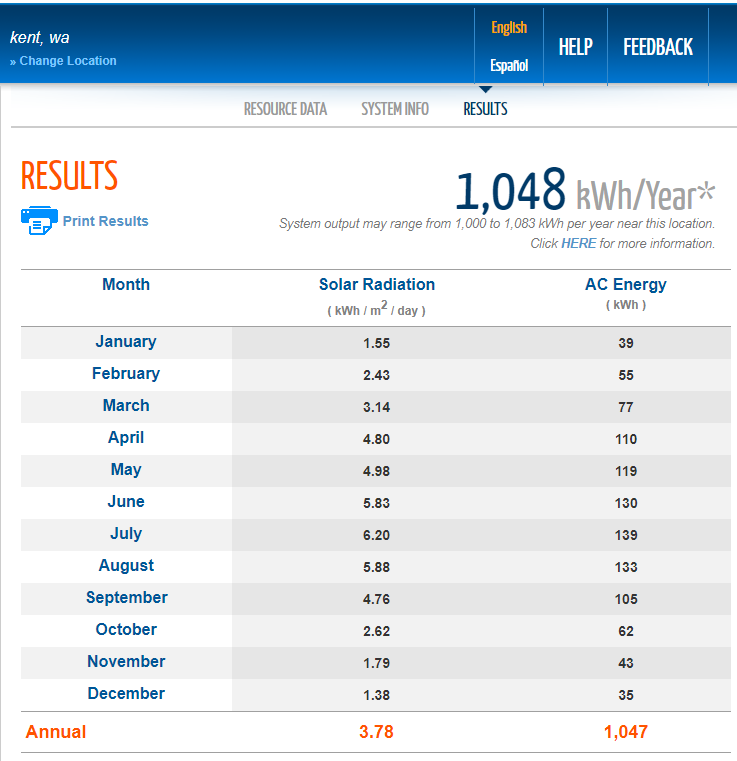Hello! I am building a small guest house (195 square feet / 18 sq meters) behind my home, and want to add a system like this:
*Tied to grid via 30 amp shore power plug-in similar to an RV, but don't want to feed the grid
*Guests can stay and enjoy life 'off grid' using solar and battery, and if battery gets low or there is a need to use appliance that requires more than batteries can provide, just plug in shore power
*If my home loses electrical power temporarily this is a type of backup shelter
I'd like to use Victron components. Based on my initial research is this ok?
1/ two solar panels on roof
2/ Victron MPPT 100/30 charge controller
3/ Victron Multi Plus Compact 12/2000
4/ Victron’s Venus GX
5/ Victron's BMV-700
What kind of AC/DC panel (fuse box) is appropriate? Any suggestions regarding the specific type of batteries to use for this?
Thank you for any advice!

